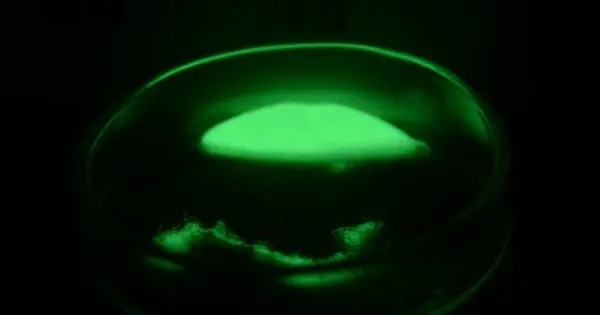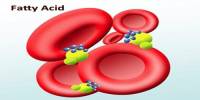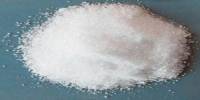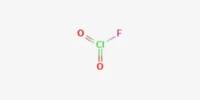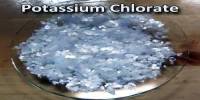Radium oxide is an inorganic compound of radium and oxygen with the chemical formula RaO. It is a white solid that forms when radium reacts with oxygen, typically in the air. Radium is a highly radioactive element, and as a result, radium oxide is radioactive as well. Radium oxide is an alkali earth metal oxide and belongs to the group of compounds that are formed by the reaction of alkaline earth metals with oxygen.
Properties
Radium oxide is radioactive because of the radioactivity of radium itself. Radium emits alpha particles, which makes radium oxide dangerous to handle without proper precautions. It is highly alkaline and reacts with acids to form radium salts, such as radium chloride (RaCl₂), similar to other alkaline earth oxides.
- Chemical formula: RaO
- Molar mass: 242 g/mol
- Appearance: solid
- Solubility in water: reacts with water
Synthesis
The compound can be obtained by heating metallic radium in air:
2Ra + O2 → 2RaO
This reaction also produces radium nitride and possibly radium peroxide:
3Ra + N2 → Ra3N2
Ra + O2 → RaO2
Chemical properties
Radium oxide can react with water to form radium hydroxide:
RaO + H2O → Ra(OH)2
Uses
It is often used as a precursor to create other radium compounds that are used in radiation therapy. Due to radium’s radioactivity, radium oxide does not have many practical applications today. Historically, radium compounds were used in luminous paints for watches, clocks, and aircraft instruments, but this practice was discontinued due to the health hazards associated with radium exposure.
Health risks
Handling radium oxide can pose serious health risks due to the radioactive nature of radium. It can lead to radiation poisoning and increase the risk of cancers such as bone cancer, leukemia, and other radiation-related diseases.
